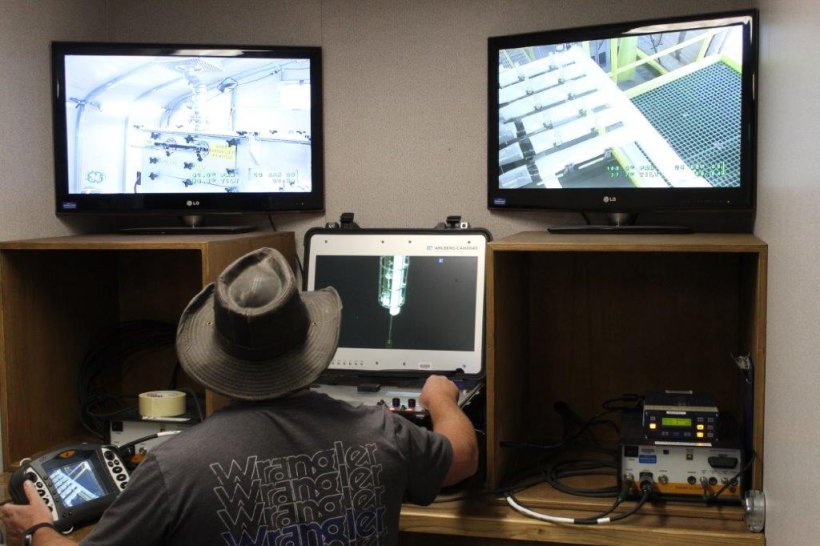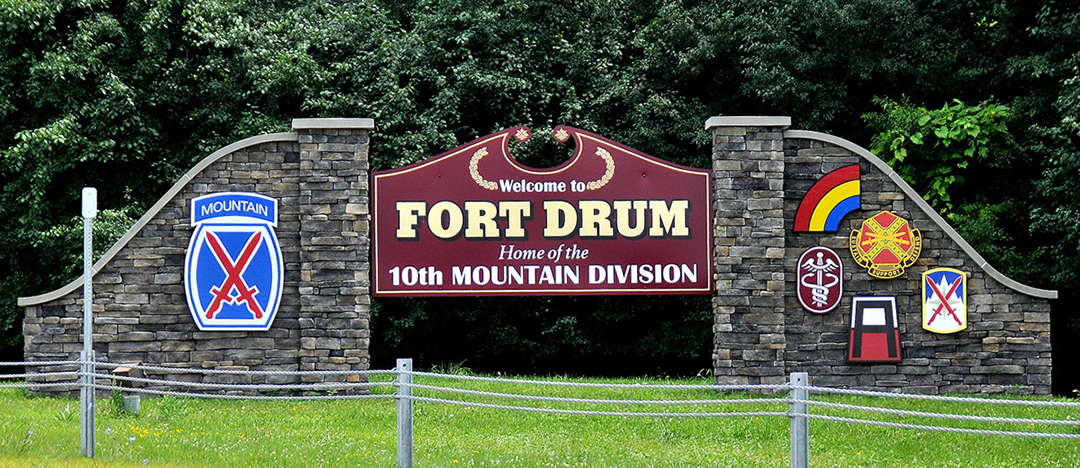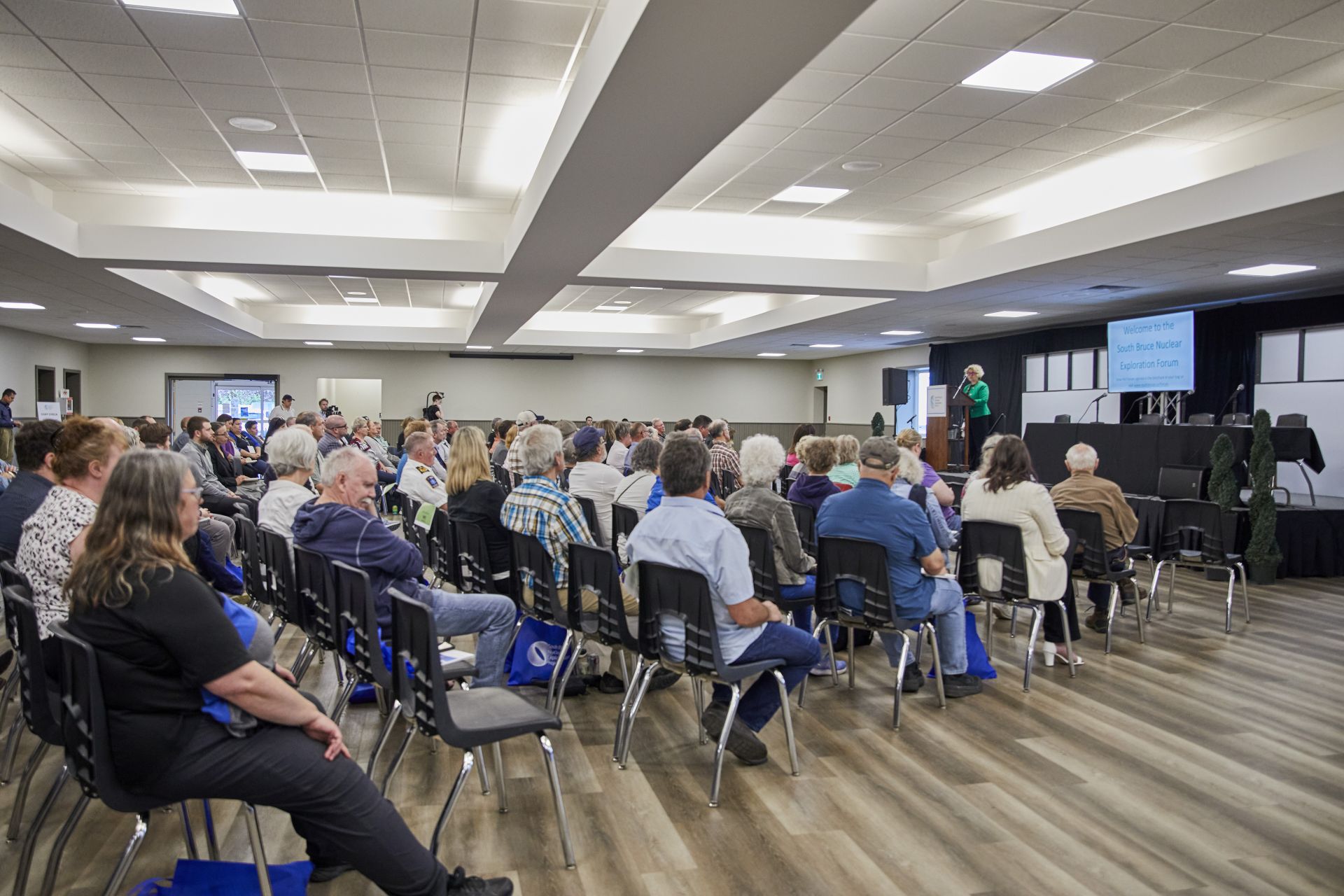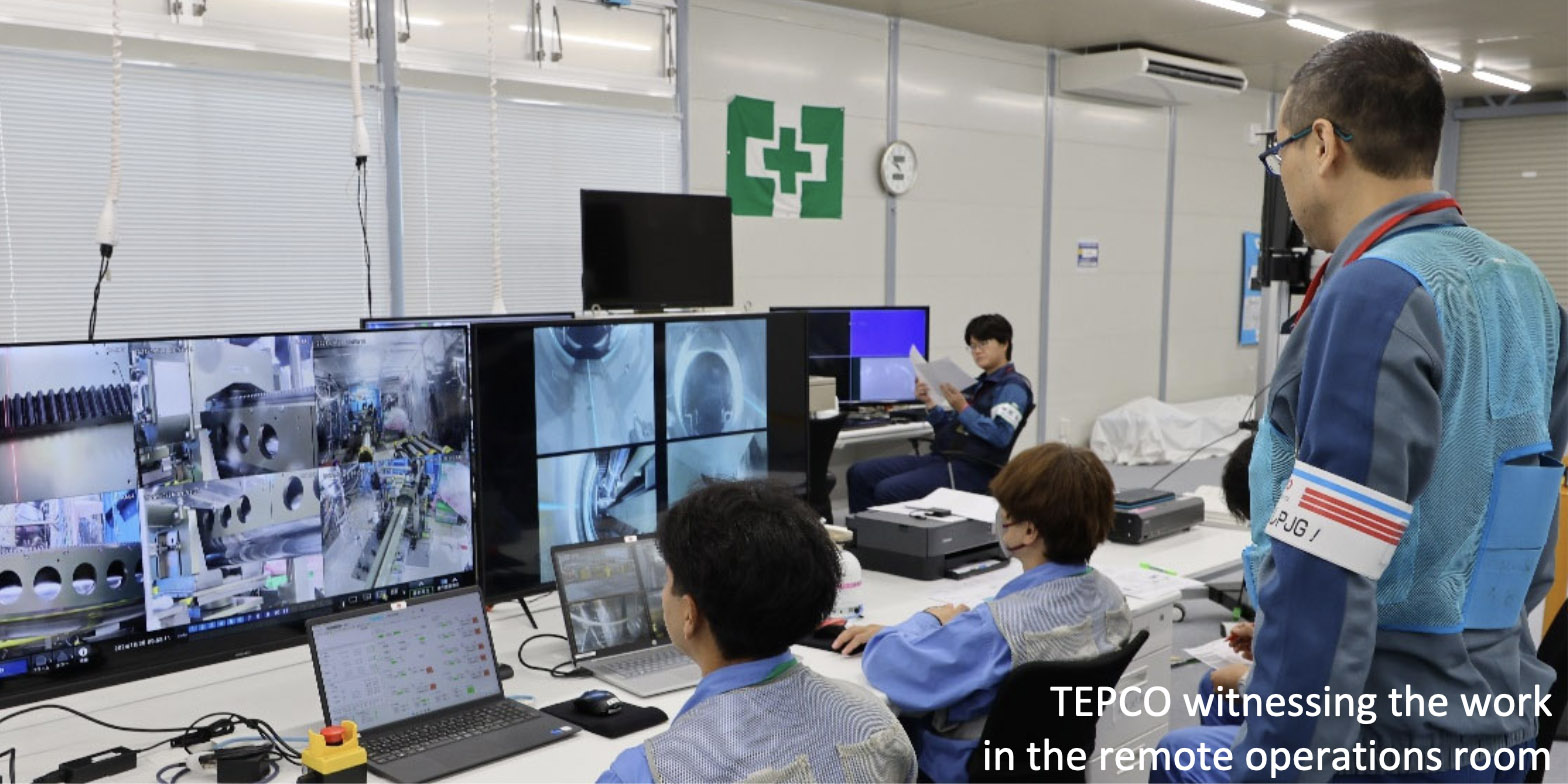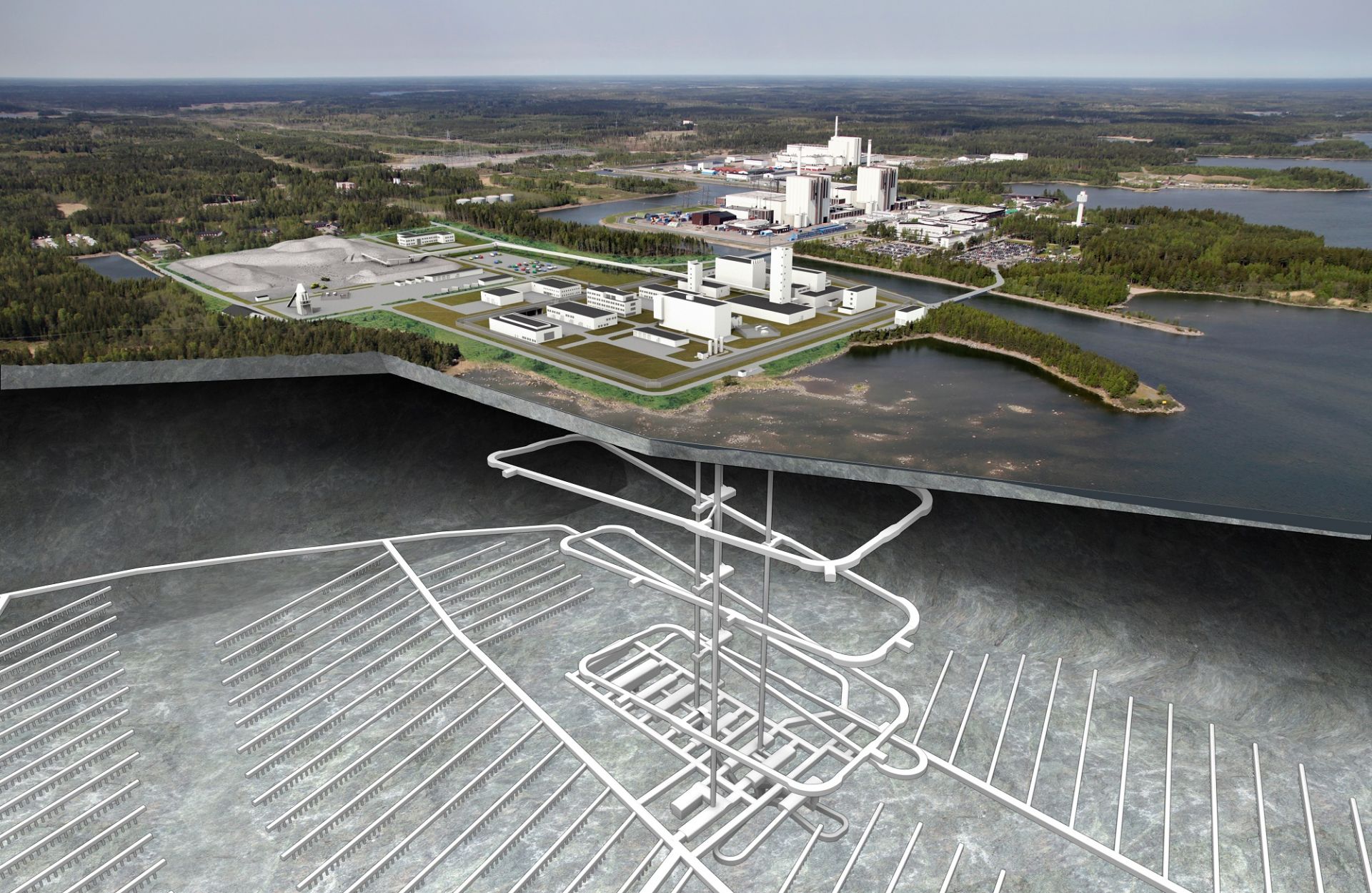The Susquehanna nuclear power plant. (Photo: Talen)
The Federal Energy Regulatory Commission has denied plans for Talen Energy to supply additional on-site power to an Amazon Web Services’ data center campus from the neighboring Susquehanna nuclear plant in Pennsylvania.
November 1, 2024, 3:02PMNuclear NewsClaire Pieper and Dan Scholz A fatigue management program is used at
Xcel’s Monticello nuclear plant. (Photo: Indeavor)
Fatigue has been identified as a major risk factor in industrial accidents. According to the National Safety Council, 13 percent of workplace injuries can be attributed to fatigue.1 Other research indicates that working 12 hours per day is associated with a staggering 37 percent increase in risk of injury.2 Considering fatigue was a contributing factor to major nuclear accidents at Chernobyl and Three Mile Island, it makes sense that the Nuclear Regulatory Commission imposes hefty fines to ensure strict adherence to its fatigue management regulations—particularly, Code of Federal Regulations Title 10, Part 26, “Fitness for Duty Programs.”
The West Valley Demonstration Project in western New York. (Photo: DOE)
The Department of Energy’s Office of Environmental Management announced it has awarded a 10-year, $3 billion contract to West Valley Cleanup Alliance (WVCA) for decommissioning and demolition work at the West Valley Demonstration Project in western New York. WVCA is a newly formed limited liability company made up of BWXT Technical Services Group, Jacobs Technology, and Geosyntec Consultant. Teaming subcontractors include Perma-Fix Environmental Services and North Wind Portage.
Using cameras placed inside a temporary shelter, nuclear chemical operator Joe McCoy monitors the pretreatment activities of the Hanford Site’s TBI demonstration. (Photo: DOE-EM)
The Department of Energy’s Office of Environmental Management said that contractors have completed the treatment of 2,000 gallons of radioactive and chemical waste as part of the Hanford Site’s Test Bed Initiative project, which aims to demonstrate the feasibility of alternative options for retrieving and treating low-activity tank waste at the site in Washington state.
An aerial photo of Three Mile Island nuclear power plant. (Photo: Constellation)
The pursuit of returning two of the country’s retired nuclear plants into service is not only unusual—it is unprecedented and promises to make history.
That’s according to a piece coauthored by former assistant secretary for nuclear energy Katy Huff in the Bulletin of the Atomic Scientists regarding plans from Holtec and Constellation to restart Michigan’s Palisades plant and Pennsylvania’s Three Mile Island Unit 1, respectively.
The Ignalina nuclear power plant in Lithuania. (Photo: INPP)
Chantilly, Va.-based Amentum has been awarded a 7-year contract estimated to be worth €5.5 million (about $6 million) to consult on the dismantling of steam drum separators in Units 1 and 2 of Lithuania’s Ignalina nuclear power plant. Once the country’s largest generator of electricity, Ignalina was permanently shut down in 2009 and the plant’s two RBMK-1500 reactors are expected to be fully decommissioned by 2038.
The municipality of South Bruce announces the unofficial results of the referendum to determine if South Bruce would be a willing host for a proposed deep geological repository. (Photo: NWMO)
The municipality of South Bruce, located near the Bruce nuclear power plant in southwestern Ontario, voted narrowly in favor of being a willing host to a potential deep geologic repository for Canada’s spent nuclear fuel. The official declaration of results from the municipality showed that 51 percent of South Bruce residents voted in favor of the referendum, with 1,604 voting "yes" and 1,526 voting "no." Voter participation was 69 percent, surpassing the 50 percent voter turnout required to make the vote binding by law.
The Chicago/Great Lakes ANS Local Section held its October meeting in the Behrens Conference Room.
The life and career of James Wm. Behrens have been intertwined with the American Nuclear Society since his joining as a member in 1979. Now, to recognize Behrens for his philanthropic and programmatic commitment to ANS, the conference room at ANS's new headquarters has been named in his honor.
Rendering of the Forsmark geologic repository for spent nuclear fuel in Sweden. (Image: SKB)
Sweden’s Land and Environmental Court has granted the Swedish Nuclear Fuel and Waste Management Company (Svensk Kärnbränslehantering AB, or SKB) an environmental permit to build and operate a geologic repository for the country’s spent nuclear fuel near the Forsmark nuclear power plant, about 86 miles north of Stockholm. The permit also includes the building of a spent fuel encapsulation plant at the central interim storage facility for spent nuclear fuel at Oskarshamn, about 200 miles south of Stockholm.
October 29, 2024, 7:03AMRadwaste SolutionsBruce Fox, David Lowe, Jack Reust, and Sean McCutcheon The U.S. Navy’s Surface Ship Support Barge arrives in Mobile, Ala., for demolition after being towed by sea from Virginia. (Photos: APTIM)
The U.S. Navy’s Surface Ship Support Barge, converted in the 1960s from a WWII T2 tanker to a support barge to accept spent nuclear fuel during the refueling of nuclear aircraft carriers, was dismantled and disposed of by the nuclear decommissioning company APTIM as a first-of-its-kind vessel dismantlement project for the Navy. The project was executed under contract with Naval Sea Systems Command; however, regulatory oversight was accomplished through an interagency framework agreement between the U.S. Navy and the Nuclear Regulatory Commission.
The cross-disciplinary AtomCraft team. (Photo: University of New South Wales)
Commercial nuclear power is illegal in Australia, and it has been since the 1990s. This past June, however, the country’s main opposition party announced plans to build seven commercial nuclear reactors in the 2030s and 2040s on sites presently occupied by aging coal-fired plants—should the party’s Liberal–National Coalition win power in federal elections next year. This statement has reignited a public debate regarding the potential role of nuclear energy in Australia.







